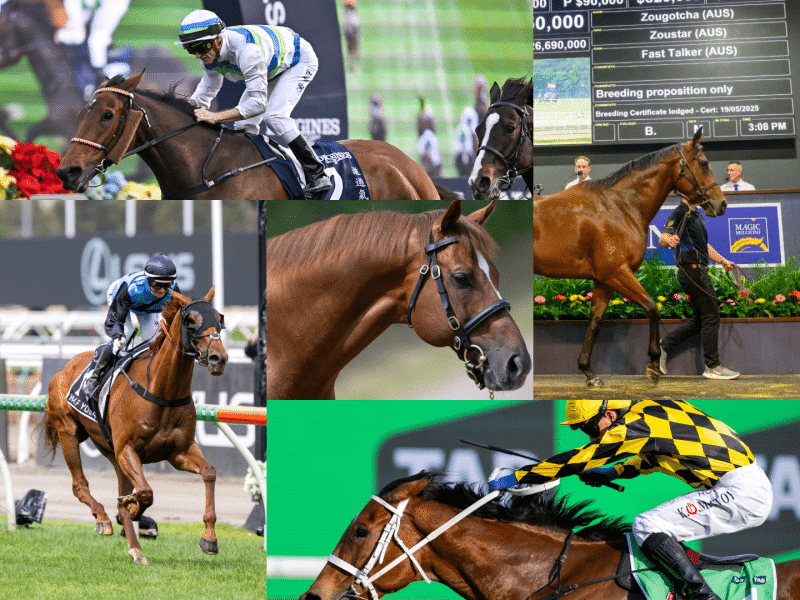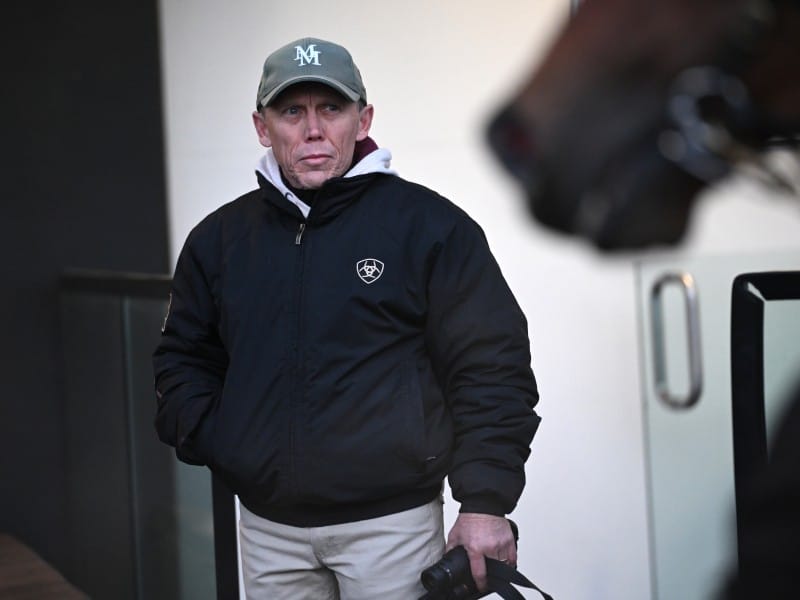Glass half full – Tasracing CEO optimistic despite integrity, wagering and budgetary challenges
Ongoing integrity challenges, a 12 per cent annual drop in wagering turnover and a $1.2 million reported loss haven’t dented the confidence of Tasracing CEO Andrew Jenkins in the future vibrancy of racing on the Apple Isle.
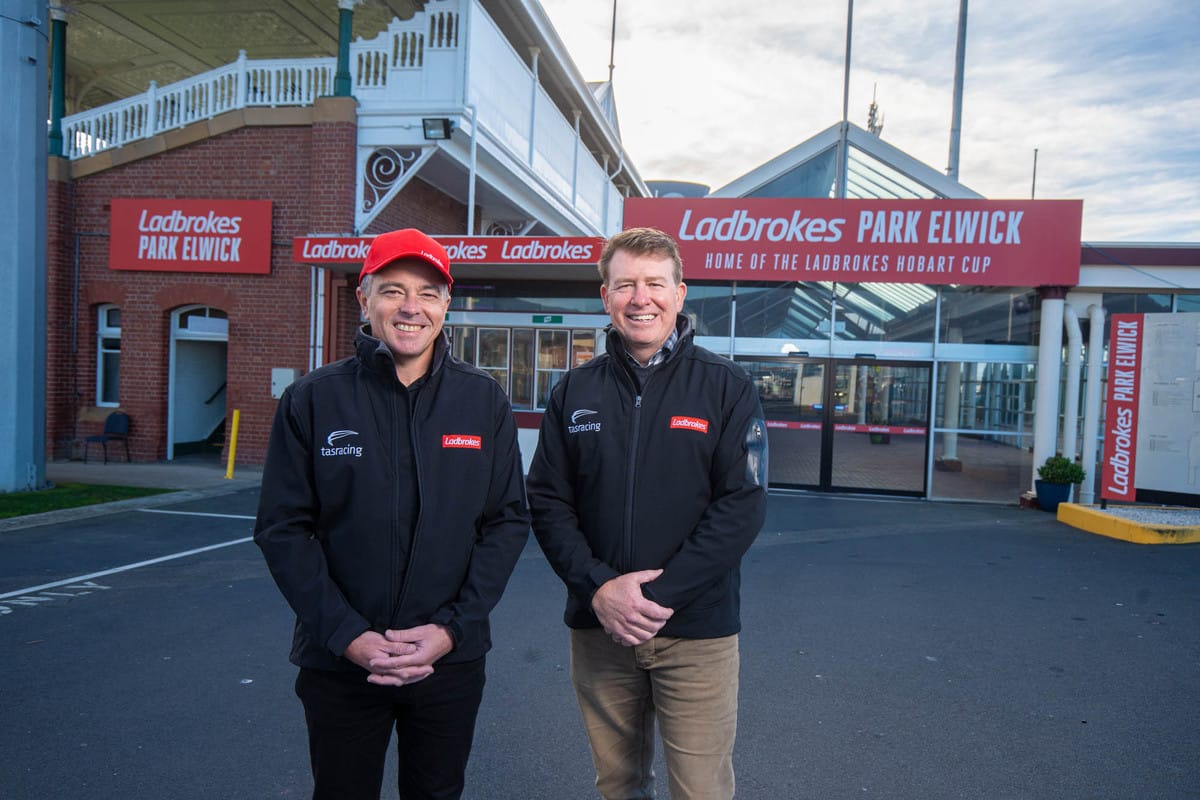
Jenkins described his mindset for Tasmanian racing in all three codes as “glass half full” despite myriad challenges across a torrid past 18 months since he took on the role permanently.
Integrity investigations have involved leading trainers in all three codes, highlighted by the Murrihy Report into allegations of race-fixing and animal welfare abuses in the harness industry, eventually resulting in charges.
The succession of controversies has been against a background of turmoil in the integrity structure, which has seen the state government ditch the beleaguered Office of Racing Integrity and legislate for a new structure, which is still being bedded in.
Separately, Tasmania has not been immune from the wider post-pandemic wagering downturn, with turnover on thoroughbred racing in the last financial year down 7.8 per cent, harness racing down 12.4 per cent and greyhound racing slumping by 16.6 per cent.
The Tasracing annual report, released last week, showed turnover across the three codes has dropped over $97 million in the 2022/23 financial year and is $103 million short of what had been predicted.
The knock-on effect for the tricode regulator is a drop in race fields revenue of $2.4 million in 12 months while revenue derived from Point of Consumption fell slightly.
That contributed to a 2023/24 loss of $1.2 million for Tasracing.
Jenkins said the wagering drop-off had played a significant part in that shortfall.
“The variability around wagering does provide a level of uncertainty in relation to one of our key income lines, of course, being race field fees, but that’s no different to most other jurisdictions around the country,” he told The Straight.
“As is highlighted in the annual report, what we’re seeing is now a reversion to the new norm of levels of turnover and wagering post the spike or the peak that was evidenced through COVID in particular.”
Indeed, wagering across all three codes in Tasmania is up 19 per cent from where it was five years ago, with a huge jump of 69 per cent in a single year from 2019/20 to 2020/21. While those numbers have cooled, there is still $112 million more turned over on Tasmanian racing than in 2018/19, something Jenkins cites as one of the reasons to be positive.
Jenkins said the signs are there that the wagering downturn of the past couple of years is starting to ease, giving Tasracing more predictability as to what its balance sheet might look like in 2024/25.
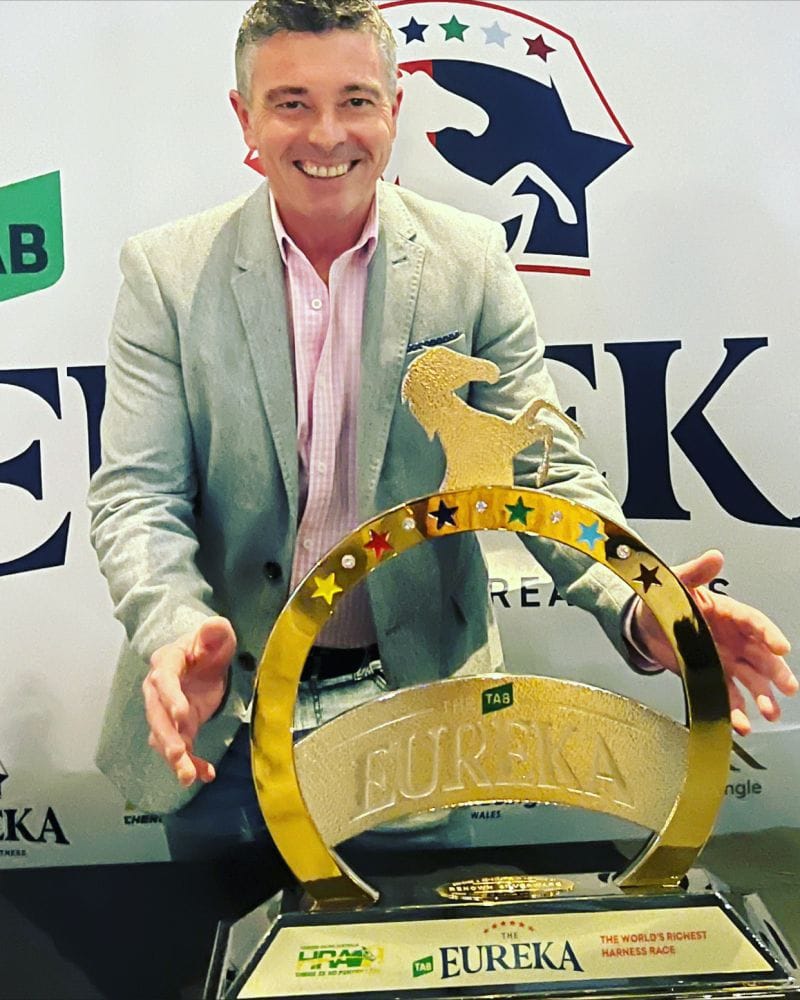
“We’re just on the back of quarter one and, we’re seeing the level start to plateau and flatten off on a year-on-year comparison basis,” he said.
“The decline post-COVID seems to not be continuing to the same level, which I think if you were to ask most reasonable judges, they would say that that’s to be expected.”
Aiding the balance sheet for Tasracing was an increased contribution of overall government-sourced funding of just under $2.3 million. In the past financial year, overall revenue increased to $69.7 million, while costs went up $3.2 million.
While managing those expenses is a priority for Jenkins, he has defended the structure and efficiency of Tasracing.
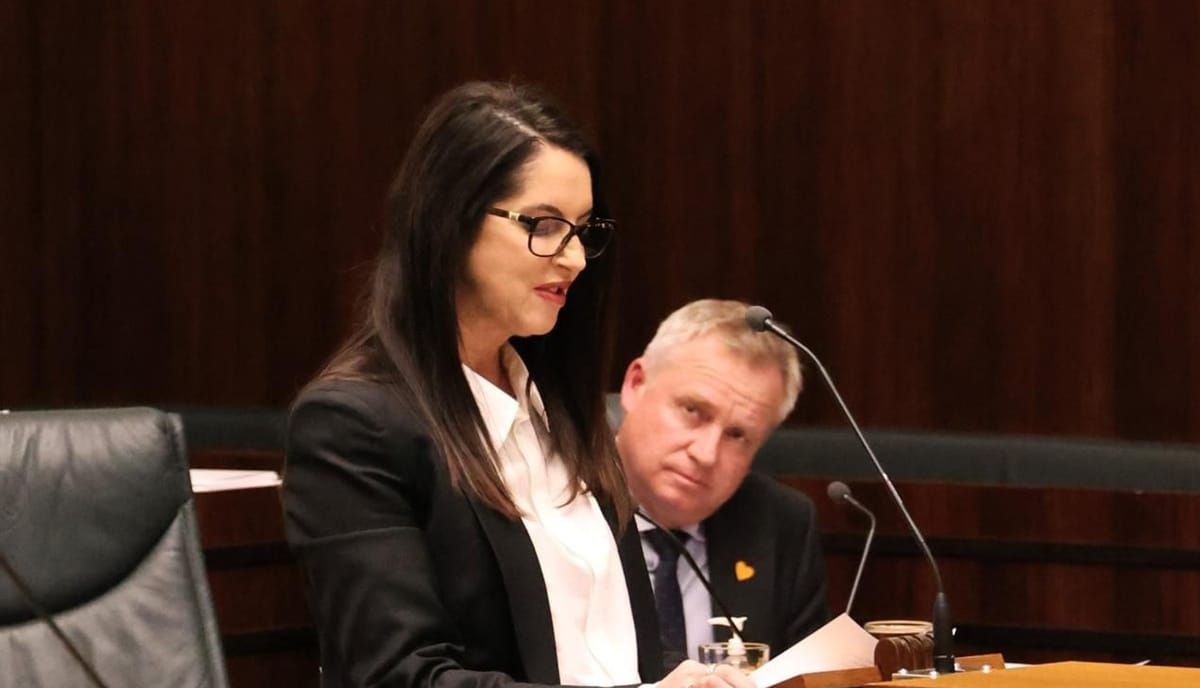
“We’re comfortable with the structure of the organisation and we very deliberately run a lean organisation and I’m very confident to defend our org chart and our operating model as saying that there is nothing to excess here,” he said.
“Every role, every person that we employ and pay, and of course, labour represents one of the most significant costs for running a principal racing authority. Every role is justified.”
The shelving of plans to develop a new harness and greyhound facility in the northwest led to a temporary bump in costs of approximately $600,000, as fees for the abandoned project were consolidated in the 2023/24 accounts.
Jenkins confirmed that while he and the Tasracing board will be looking at reducing the overall cost base, prize money, programming and other code-based funding would be quarantined from those discussions.
The longer-term challenge is the question of the government funding deed, a 20-year deal signed when the Tasmania Tote was sold off in 2009.
That deal, with between $20 million to $40 million a year, expires in 2029 and the renegotiation of that is seen as crucial to the future of racing in the state.
“The variability around wagering does provide a level of uncertainty in relation to one of our key income lines, of course, being race field fees, but that’s no different to most other jurisdictions around the country” – Tasracing CEO Andrew Jenkins
Jenkins said discussions have been underway with the state government since last year and he hopes to make further progress with Racing Minister Jane Howlett and Premier Jeremy Rockliff soon.
“I would expect that over the coming six to nine months, that we will start to nail down those negotiations more tightly and start to frame up a model that we would hope to be able to sign away and provide certainty to the industry well and truly beyond 2029,” he said.
“We do understand that, and this has been one of the points that we’ve been working with the government to help them try and understand, is that whilst 2029 might sound a long time away, in racing it’s not.
“You’re talking about breeding, you’re talking about a horse that might not make it to the races until it’s three or even four years old. So people are making investment decisions, whether they be a breeder, whether they be an owner. They’re making those investment decisions right now.
“We’re working hard to make sure that the government understand the criticality of getting something done well in advance of 2029.”
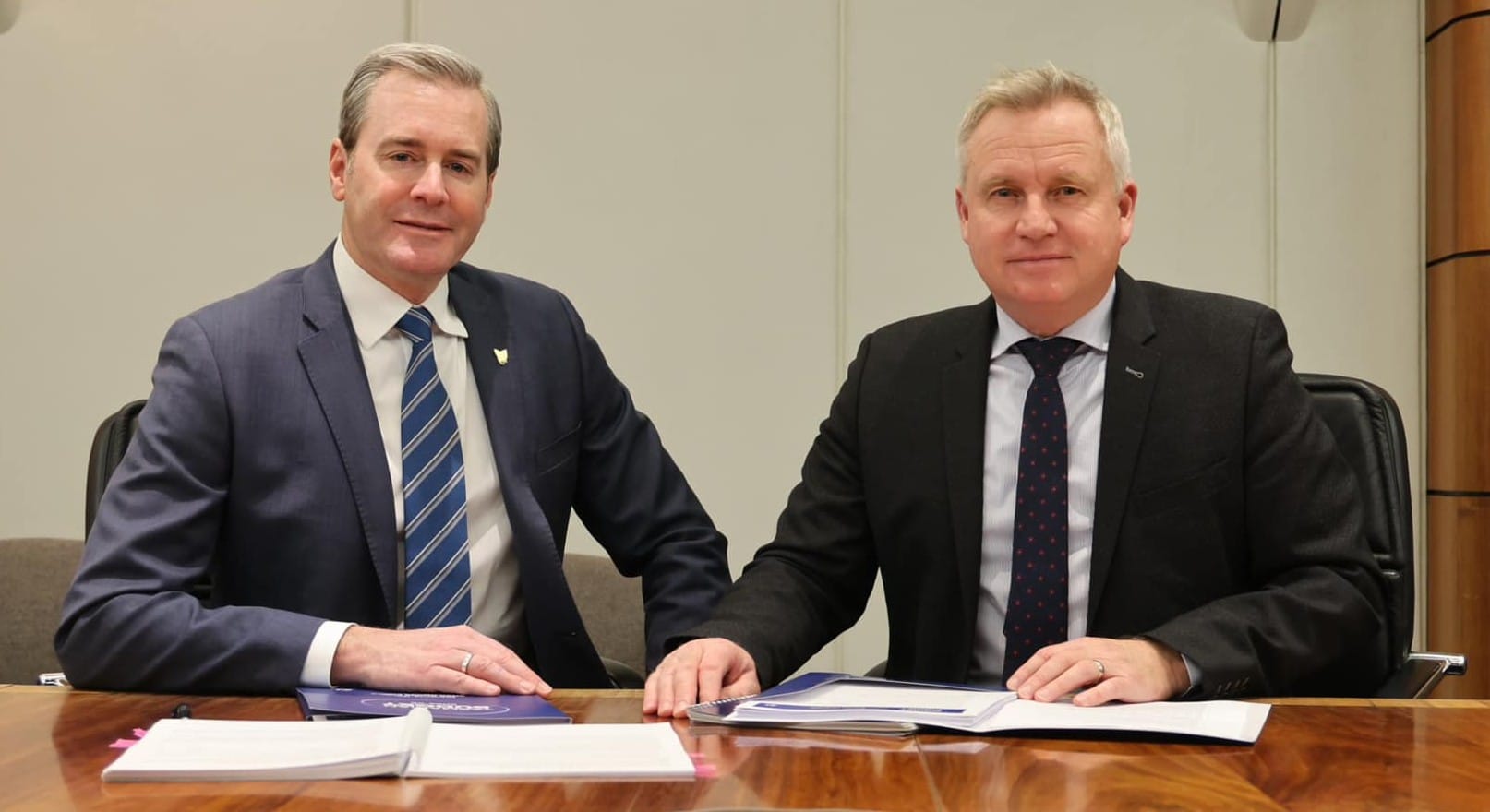
Managing participant expectations is another challenge. The prolonged crisis in integrity, which will be largely brought back under Tasracing in the new structure, has left some disenchantment within the industry.
However, Jenkins revealed he would hopefully announce a strong appointment for the key Chief Racing Integrity Officer role in the near future.
Overall, stakeholder engagement is something that the Tasracing CEO sees as a priority.
“I would suggest that the sentiment would reflect that things are progressing well at the moment. Tracks and facilities are the best that they’ve ever been,” he said.
“Participants are wanting certainty around the funding deed. They’re wanting certainty around the new integrity structure.
“Having seen the Racing Regulation and Integrity Bill pass through both Houses of Parliament earlier this year, I think it’s now a case of they’re waiting for the rubber to hit the road and the new TasRacing integrity unit to be established.”
Jenkins said Tasracing is also working with trainers on increased costs, such as transportation, equipment, labour, and insurance.
“We’re very mindful of trying to do all that we can to support our trainers to be sustainable and profitable,” he said.





